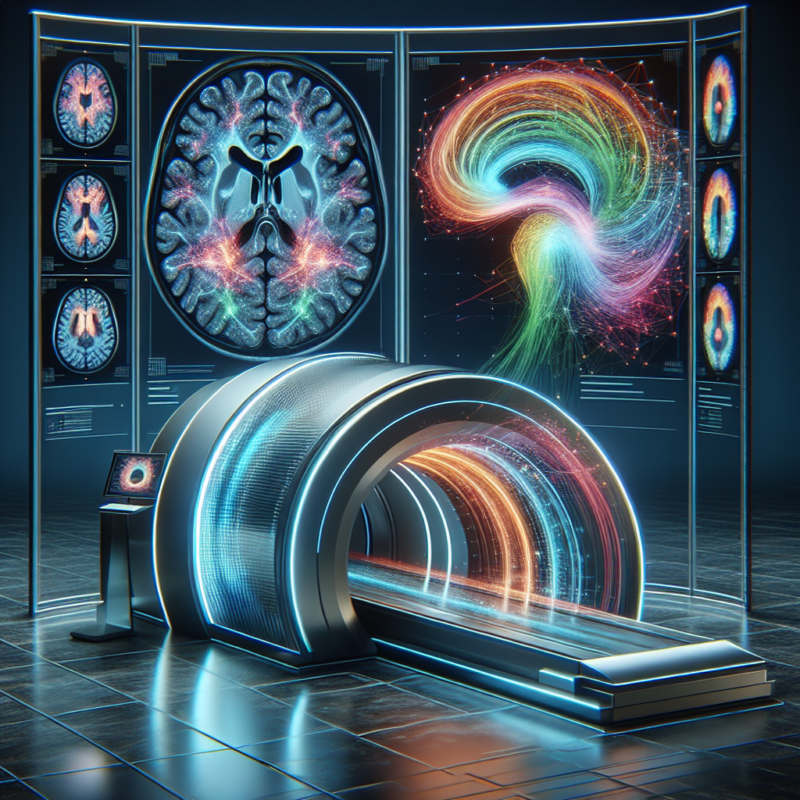“Breakthrough: At-Home Smell Test Detects Cognitive Decline Early”
Home smell test may predict Alzheimer’s risk, study finds. A new, digital tool detected cognitive changes in older adults independent of age.
“
Identifying Alzheimer’s Risk with a Smell Test
A recent study published in Scientific Reports proposes a novel approach to identifying older adults at risk of Alzheimer’s disease using a simple smell test that can be self-administered at home. The study revealed that older individuals with mild cognitive impairment performed notably worse on smell tests compared to their cognitively healthy counterparts, pointing to a potential link between olfactory function and cognitive decline.
Developing the Smell Test
The primary goal of the researchers was to investigate whether subtle changes in a person’s sense of smell could serve as an early indicator of underlying brain changes that precede noticeable memory issues. To achieve this, they introduced the AROMHA Brain Health Test, a digital tool designed for remote use. Participants received scratch-and-sniff cards and used a web-based app to complete the assessment in both English and Spanish.
Understanding Cognitive Impairment
Mild cognitive impairment represents a transitional stage between normal aging and more severe cognitive deterioration, such as dementia. Individuals with mild cognitive impairment may experience memory or thinking changes but can still manage daily activities. However, they are at a higher risk of progressing to Alzheimer’s disease, making early detection crucial. The researchers aimed to identify non-invasive methods to detect early brain changes, particularly before symptoms escalate.
Insights from the Study
The study involved 127 cognitively normal individuals, 34 with subjective cognitive complaints, and 19 with mild cognitive impairment. By analyzing performance on various components of the smell test, the researchers found that scores declined with age. Importantly, those with mild cognitive impairment exhibited significantly lower scores in smell identification and discrimination, even after considering age, sex, and education levels. These findings suggest the test’s effectiveness in detecting subtle cognitive differences in early stages of decline.
Key Findings and Potential Applications
The researchers highlighted that the test performed equally well whether individuals completed it alone or under observation, emphasizing its suitability for home use without supervision. Additionally, comparisons between English- and Spanish-speaking participants revealed consistent performance levels, indicating the test’s applicability across diverse populations. By including a group diagnosed with anosmia, the total loss of smell, the researchers validated the test’s ability to differentiate between normal and impaired olfactory function.
Future Implications and Limitations
While the study presents promising results, it is essential to address certain limitations. Not all participants underwent full neuropsychological assessments, and the study was cross-sectional, focusing on a single point in time. Future research should consider longitudinal studies to assess the test’s predictive value in detecting memory decline or Alzheimer’s development. Despite these limitations, the AROMHA Brain Health Test shows promise as a scalable, non-invasive screening tool for early cognitive impairment detection.
Closing Thoughts
Dr. Mark Albers, one of the study authors, emphasized the importance of early detection in identifying individuals at risk of Alzheimer’s disease and intervening before memory symptoms manifest. The researchers aim to expand their investigations to larger, more diverse groups and explore connections between test results and other biomarkers of disease. Overall, the AROMHA Brain Health Test offers a potential avenue for early detection and monitoring of brain health in aging populations, paving the way for future advancements in Alzheimer’s research and intervention strategies.
Published on: 2025-03-31 18:00:00 | Author: Eric W. Dolan
🔗 You may also like: More posts in Dementia










